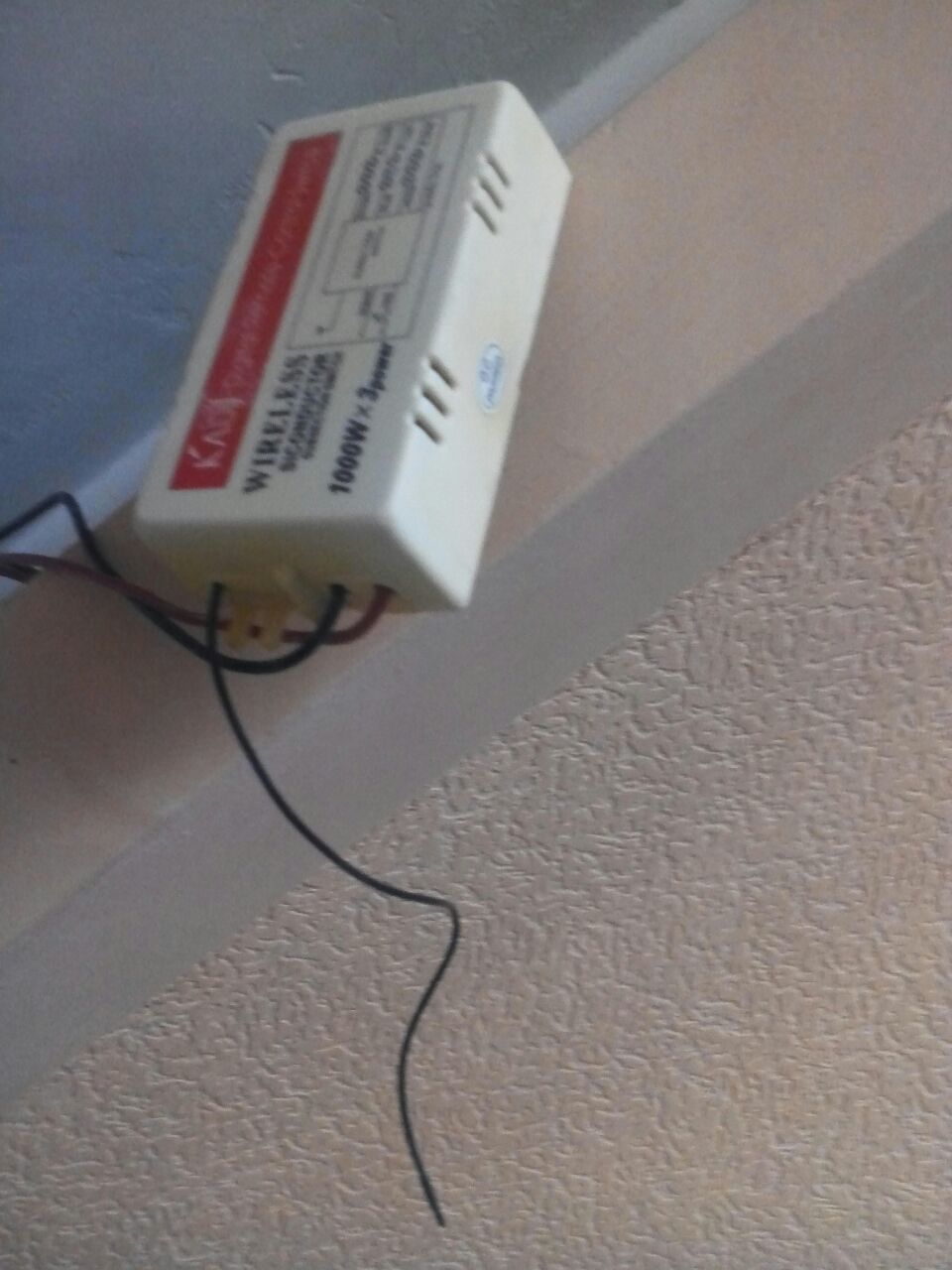Answer the question
In order to leave comments, you need to log in
Arduino. Gentlemen, pick up an antenna for a 315Mhz chandelier?
Hey!
There is a 315 MHz transceiver. Connected to arduino nano. It is powered by its 5v pin. Later I'll change it to the outside. 
There is a receiver for a chandelier controlled from the remote control 
. The sketch is written correctly. If you bring it up to 5 cm it works.
However, I want it to catch throughout the apartment
. In the photo, the anterra spiral is 237mm.
I also tried the straight line 237.
I proceeded according to the formula 1/4 wavelength.
315 megahertz = 9.517220888889
x 10-10 wavelength in gigameters
951
/ 4 = 237.75 mm
185 mm antenna sticks out of the receiver
.
185mm straight and spiral
175mm
and even just random pieces, it doesn’t catch from 5 meters.
and also pinched it with your fingers to become an antenna yourself
. If you bring it 5 cm, it definitely works.
How to be?
1. What antenna length should I use?
2. Or change something else?
3. Raise the power to 12v?
(The remote control is powered by a 12v battery. But I tried to power it from 5v. It still worked fine.)
p.s. With a paired receiver from the arduino kit, it works more or less normally with different antennas up to 5 meters.
p.p.s. Maybe a quote from the forum:
Short Circuit:
"These are lousy radios, another reason is lousy power, the arduino is noisy in a good spectrum, etc.
You need to use other receivers, with a quartz ger = thermodyne, so that the frequency does not run away like in this one - along with the voltage. "Is it necessary to use more expensive analogues?
Answer the question
In order to leave comments, you need to log in
Never try to make a VHF antenna out of stranded wire.
In your case: take 500mm of solid solid wire. Roll half of it into a spiral, as you did, leave the other half straight. Place the antenna on a wooden table/chair/stool at a height of at least 500 mm from the floor, perpendicular to the line connecting the center of the straight part with the chandelier. Cover the transceiver with a metal box/tin cup. By shifting and expanding the coils of the spiral part, achieve signal reception.
Didn't find what you were looking for?
Ask your questionAsk a Question
731 491 924 answers to any question